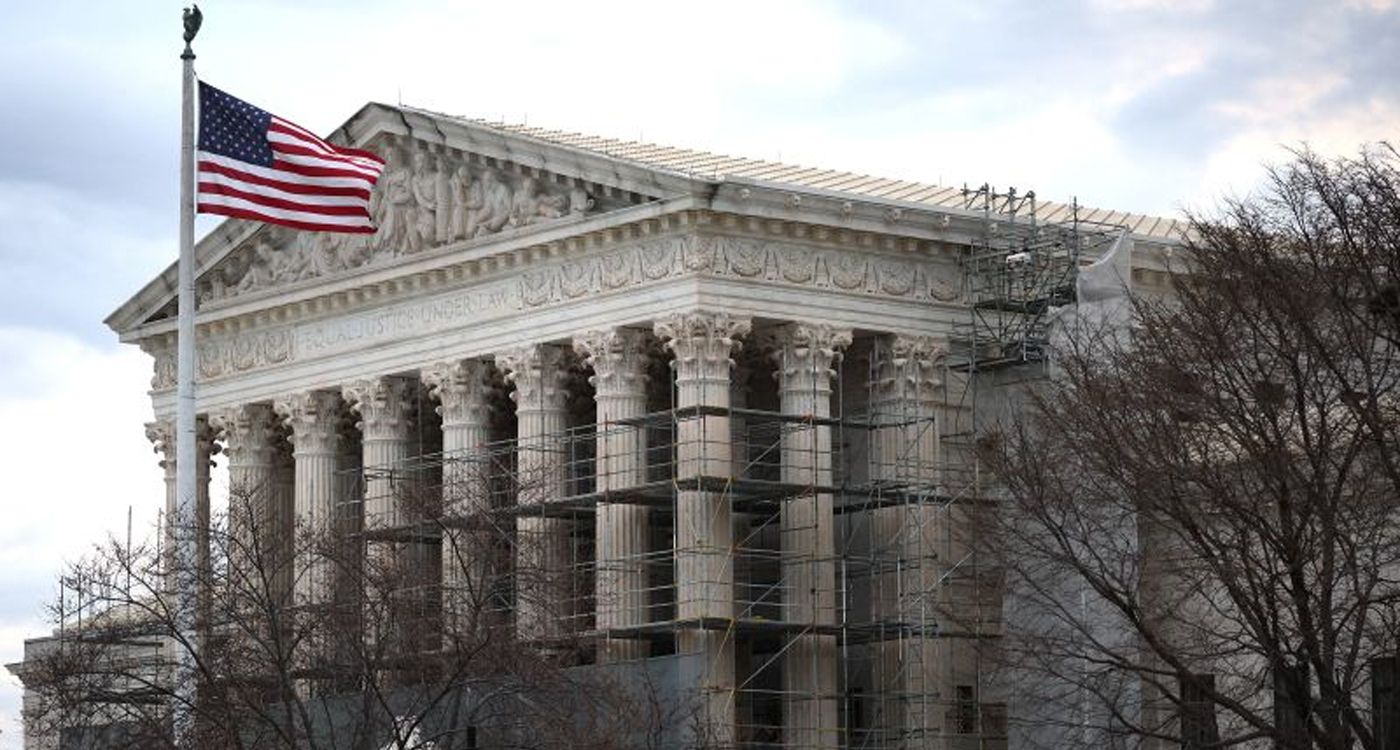- Home
- Middle East
- Birthright Citizenship in the United States: A Constitutional Principle Under Debate

©Win McNamee / Getty Images North America / Getty Images via AFP
Birthright citizenship, which grants American citizenship to anyone born on United States soil, has become the focus of a major constitutional debate. In January, President Donald Trump signed an executive order seeking to limit this right by excluding children born to parents who are undocumented or hold temporary visas from citizenship granted at birth. The Supreme Court is scheduled to review the order in a pivotal hearing this Thursday.
Historical Roots
The Fourteenth Amendment to the US Constitution, ratified in 1868 in the aftermath of the Civil War, explicitly established the right to citizenship by birth on American soil. This provision was originally intended to secure the rights of formerly enslaved people and their descendants.
The Supreme Court’s broad interpretation in the 1898 case of the United States v. Wong Kim Ark confirmed that this right also applies to children of immigrants, regardless of their parents’ legal status.
This longstanding legal precedent has shaped American nationality for more than a century, helping to establish the US as a welcoming land for generations of immigrants. The principle of birthright citizenship has thus become a cornerstone of the nation’s legal tradition and identity.
A Moral Hazard?
In economic terms, a moral hazard arises when a person is shielded from certain risks and, as a result, takes greater risks or acts less cautiously than they otherwise would.
In the context of birthright citizenship, some observers argue that this principle encourages opportunistic behavior. This includes so-called “birth tourism,” where individuals travel to a country solely to give birth and secure citizenship for their child. They also contend that undocumented migrants are not fully “subject to the jurisdiction” of the US in the constitutional sense. Finally, they believe current provisions are ill-suited to today’s migration realities.
Legal Challenges and the Role of Checks and Balances
The executive order restricting birthright citizenship, signed by Trump shortly after taking office, quickly faced significant institutional resistance. Several federal courts, including those in Texas and Atlanta, issued injunctions blocking its enforcement, ruling that it violates both the letter and spirit of the Fourteenth Amendment. These judicial rulings raise fundamental questions about the balance of power and the role of the various branches of government in interpreting constitutional provisions.
This situation highlights the inherent tensions within the American system of checks and balances. On one side, the executive branch asserts its authority to shape immigration policy; on the other, the judiciary upholds its role as guardian of the Constitution. Meanwhile, the debate continues within the legislative branch and throughout the broader public.
Social Implications and Potential Consequences
Beyond strictly legal concerns, this controversy exposes deep divisions within contemporary American society.
Supporters of the status quo emphasize birthright citizenship’s historic role in integrating successive waves of immigrants, along with the risk of creating a stateless underclass within the nation. They also point to the practical challenges that would arise from implementing a differentiated citizenship system.
Meanwhile, proponents of reform insist on the need for tighter control over immigration flows and argue that the system must adapt to new demographic and geopolitical realities.
Future Outlook and Key Challenges
The Supreme Court’s ruling, expected in June, could mark a pivotal moment in American constitutional history.
Several outcomes are possible, from fully upholding existing precedent to a thorough reinterpretation of the Fourteenth Amendment, as well as intermediate decisions that could narrowly restrict birthright citizenship.
Whichever way the Court decides, the impact will be profound and lasting, shaping not only US immigration policy but also the very definition of nationality and belonging within the American political community.
Read more





Comments